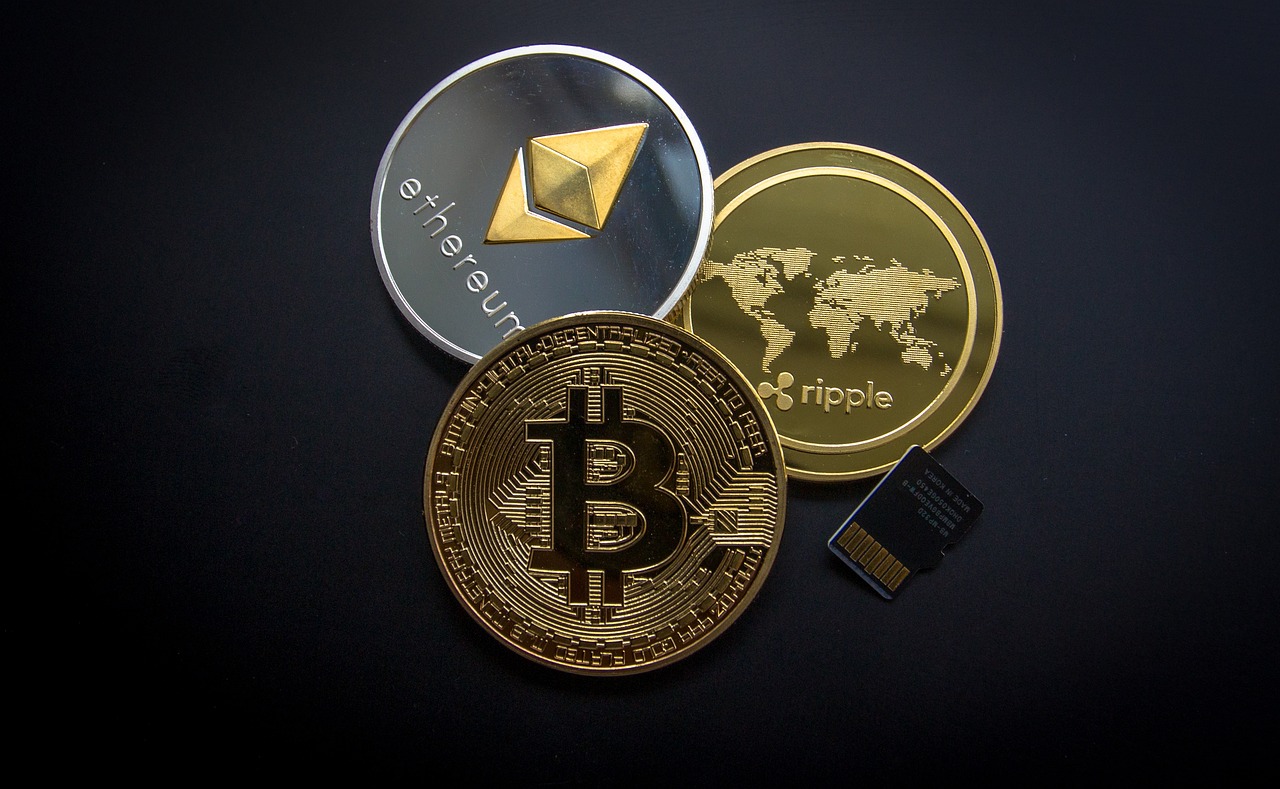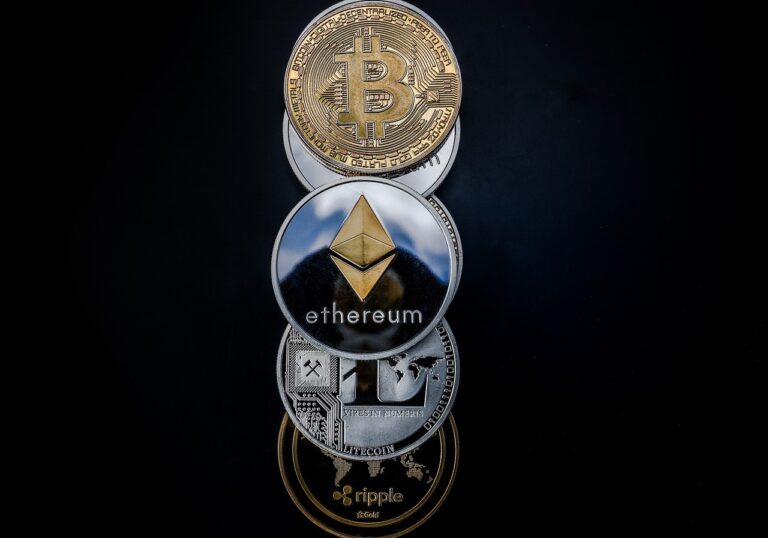The Role of Ethereum in the Art and Collectibles Industry
Introduction
Art and collectibles have been traditionally viewed as luxury assets. They are often seen as a store of value and a symbol of status. However, the digital age has transformed the way art and collectibles are perceived and traded. The emergence of blockchain technology has provided a new dimension to the industry. Ethereum, in particular, has revolutionized the way art and collectibles are owned, traded, and displayed. In this article, we will explore the role of Ethereum in the art and collectibles industry. Want to learn more about Cryptocurrency Operations? Then look at the clickable link.
What is Ethereum?
Ethereum is an open-source, blockchain-based decentralized computing platform that allows the creation of smart contracts and decentralized applications (DApps). It was launched in 2015 and is now the second-largest cryptocurrency in terms of market capitalization.
How does Ethereum work in the Art and Collectibles Industry?
Ethereum has enabled the creation of non-fungible tokens (NFTs) that represent ownership of unique digital assets such as art and collectibles. NFTs are unique digital tokens that are stored on the Ethereum blockchain. They are used to represent ownership of a digital asset and provide proof of ownership and authenticity. NFTs have the potential to revolutionize the art and collectibles industry by providing a secure and transparent way to buy, sell, and display digital assets.
Ethereum’s Role in Authenticity and Ownership
Ethereum has played a significant role in providing a secure and transparent way to verify authenticity and ownership in the art and collectibles industry. By utilizing blockchain technology, Ethereum has enabled the creation of non-fungible tokens (NFTs) that represent ownership of unique digital assets such as art and collectibles.
NFTs are unique digital tokens that are stored on the Ethereum blockchain. Each NFT is unique and can be used to represent ownership of a specific digital asset. This allows artists and collectors to provide proof of ownership and authenticity for their digital assets, which can be easily traded and sold on blockchain-based marketplaces.
Traditionally, proving the authenticity and ownership of art and collectibles can be a challenging and time-consuming process. However, with NFTs, buyers can verify the ownership and authenticity of a digital asset in a matter of seconds. This significantly reduces the risk of fraud and forgery in the industry, making it more accessible to a wider range of buyers and sellers.
Ethereum’s role in providing secure and transparent ownership and authenticity verification has made it an attractive option for artists, collectors, and investors looking to participate in the digital art and collectibles market. By utilizing blockchain technology, Ethereum has revolutionized the way ownership and authenticity are verified in the industry, providing a more efficient and secure process for buyers and sellers alike.
Ethereum’s Role in Decentralization
Ethereum’s decentralized nature allows for a more transparent and fair art and collectibles market. It eliminates the need for intermediaries such as art galleries and auction houses, which often charge high fees. It also provides access to a global audience, which allows artists and collectors to reach a wider market. This creates a more democratic and accessible art and collectibles market.
Ethereum’s Role in Preservation
Ethereum’s blockchain technology provides a secure and permanent way to store digital assets. This means that art and collectibles can be preserved and displayed for future generations. It also allows for the creation of digital museums that showcase art and collectibles from all over the world.
Ethereum’s Role in Innovation
Ethereum’s smart contract technology allows for the creation of new and innovative ways to trade art and collectibles. For example, it allows for the creation of fractional ownership, which allows multiple people to own a share of a digital asset. This opens up new possibilities for investing in art and collectibles and provides a way for smaller investors to participate in the market.
Conclusion
Ethereum has transformed the way art and collectibles are owned, traded, and displayed. Its decentralized nature, smart contract technology, and non-fungible tokens have provided a secure, transparent, and innovative way to buy, sell, and display digital assets. It has also opened up new possibilities for investing in art and collectibles, making the industry more accessible to a wider audience.





